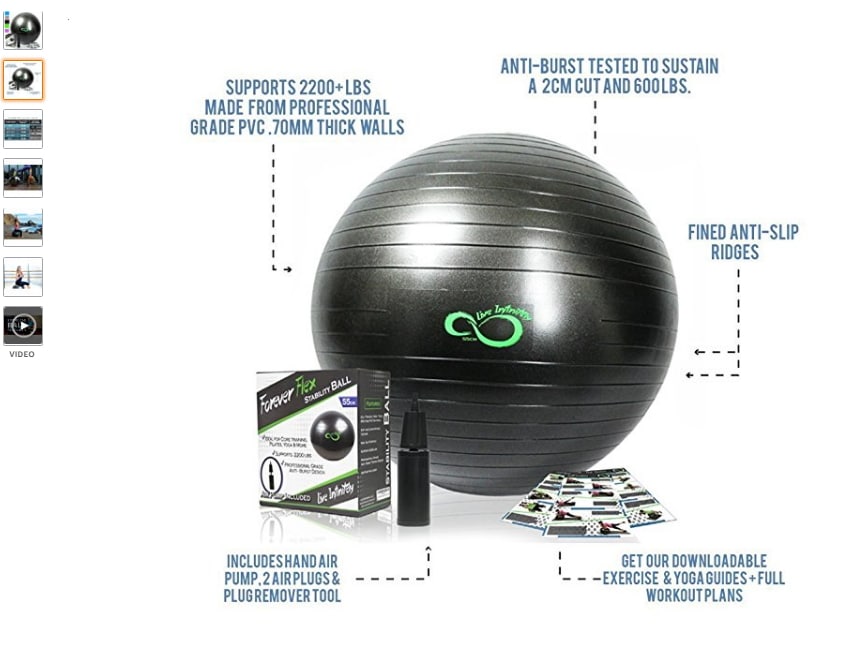Transform Your Photography By Mastering Illumination Methods That Can Raise Your Images-- Discover The Usual Mistakes That Could Be Holding You Back
Transform Your Photography By Mastering Illumination Methods That Can Raise Your Images-- Discover The Usual Mistakes That Could Be Holding You Back
Blog Article
Uploaded By-Parks Covington
As a professional photographer, you recognize that lights can make or damage your photos. Recognizing the subtleties of both all-natural and man-made light is important for capturing the mood and clearness you aim for in your work. Whether you're chasing after the perfect golden hour glow or fine-tuning your artificial arrangements, mastering these elements can raise your photography significantly. However there prevail pitfalls that lots of forget, and acknowledging them can change your approach to every shoot. Let's explore what you might be missing out on and how it can impact your results.
Recognizing Natural Light
Understanding natural light is important for any photographer looking to improve their work. It's the foundation of fantastic photography, influencing mood, tone, and quality. When you shoot outdoors, take notice of the moment of day. The golden hour-- quickly after daybreak and prior to sunset-- uses soft, warm light that can change normal scenes right into stunning pictures.
Don't take too lightly the power of cloudy days. Cloud cover diffuses sunshine, creating a soft, also light that's best for portraits and macro photography. You'll discover colors pop in this kind of lights without harsh darkness.
Positioning issues, too. Always consider your topic's orientation to the light source. If the sunlight's behind your topic, you may wind up with a shape, which can be remarkable however mightn't be what you want. Alternatively, straight sunshine can develop uncomplimentary darkness.
Try out angles; occasionally, transforming your perspective can produce amazing outcomes. Usage natural reflectors, like water or sand, to bounce light onto your subject, including dimension.
Mastering Artificial Light
Grasping fabricated light is important for photographers who intend to take their abilities to the next degree. Whether you're making use of speedlights, studio strobes, or continuous lights, comprehending exactly how to control these resources can drastically boost your photos.
Begin by familiarizing yourself with the basics of light high quality, direction, and shade temperature. Experiment with various modifiers like softboxes, umbrellas, or grids to manage the soft qualities or violence of the light.
You'll locate that soft light frequently develops complementary outcomes, while harsher light can include dramatization and deepness. Do not avoid darkness; they can enhance the three-dimensionality of your subjects.
Pay attention to the positioning of your lights. A light positioned as well near to your subject can develop unflattering outcomes, while as well far can cause an absence of detail. Make Headshots for business of a light meter or your video camera's pie chart to guarantee you're exposing appropriately.
Lastly, keep in mind that synthetic light can be combined with ambient light for imaginative effects. Balancing these sources could take technique, once you grasp it, your photography will genuinely radiate.
Methods for Various Situations
When you step into various shooting circumstances, adjusting your illumination methods is important for recording the very best pictures. For exterior pictures, use the golden hour-- early morning or late afternoon light-- to soften darkness and enhance skin tones.
If it's an extreme noontime sunlight, take into consideration making use of a reflector to jump light back onto your subject or look for shaded areas for a more even direct exposure.
In low-light circumstances, like indoor events, increase your ISO and make use of a vast aperture to let in more light. A tripod can help eliminate electronic camera shake, enabling longer direct exposures without blurring.
If you're shooting at evening, experiment with off-camera flash to create dynamic lights and depth in your pictures.
For item photography, make use of diffused lighting to avoid extreme representations. Softboxes or light tents can assist attain this result.
When photographing landscapes, take into consideration the instructions of light and time of day, as it can dramatically change the mood of your shot.
Constantly prepare to change your setups and placing based on the circumstance, as adaptability is essential to understanding lighting in digital photography.
https://petapixel.com/2020/03/24/3-freelance-photographers-on-covering-covid-19/
To conclude, mastering lights is key to elevating your photography skills. Welcome natural light's beauty throughout golden hour, and don't shy away from experimenting with synthetic light techniques. By adapting your strategy to different scenarios, you'll catch sensational photos that resonate with emotion and clearness. Bear in mind, the appropriate lighting can transform a common shot into something extraordinary, so maintain exercising and refining your understanding of both all-natural and synthetic light. Happy shooting!
